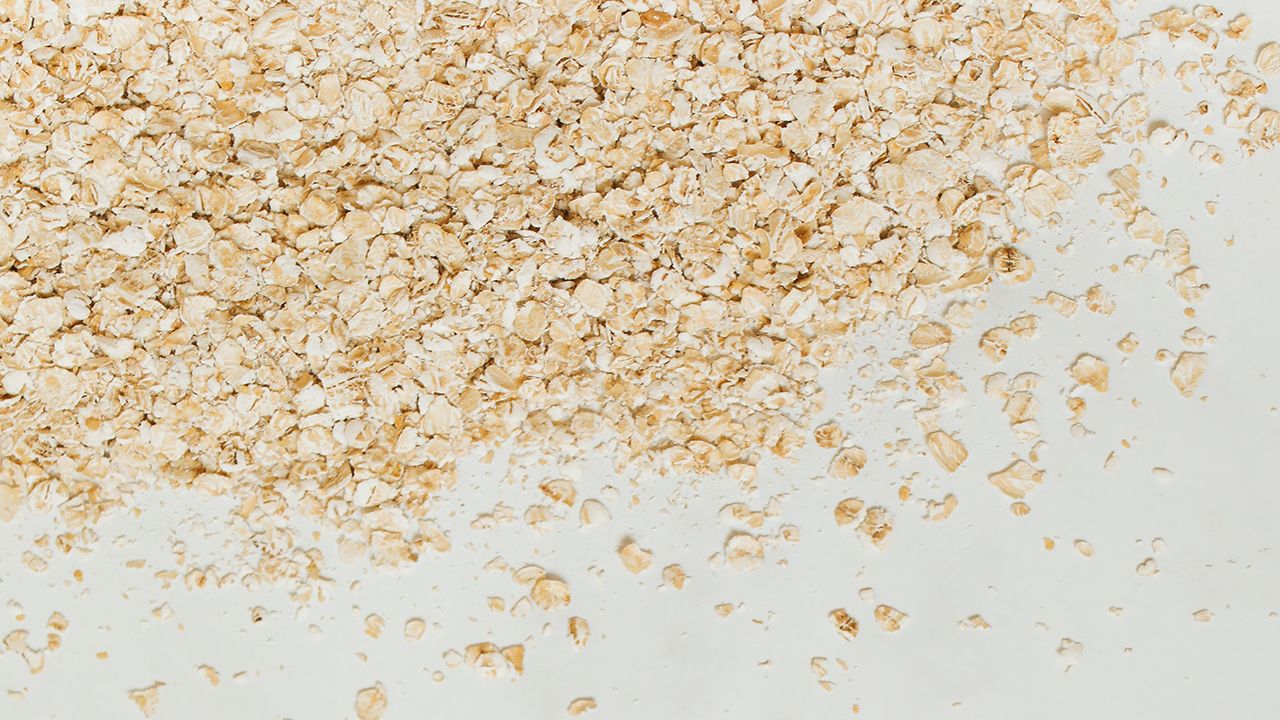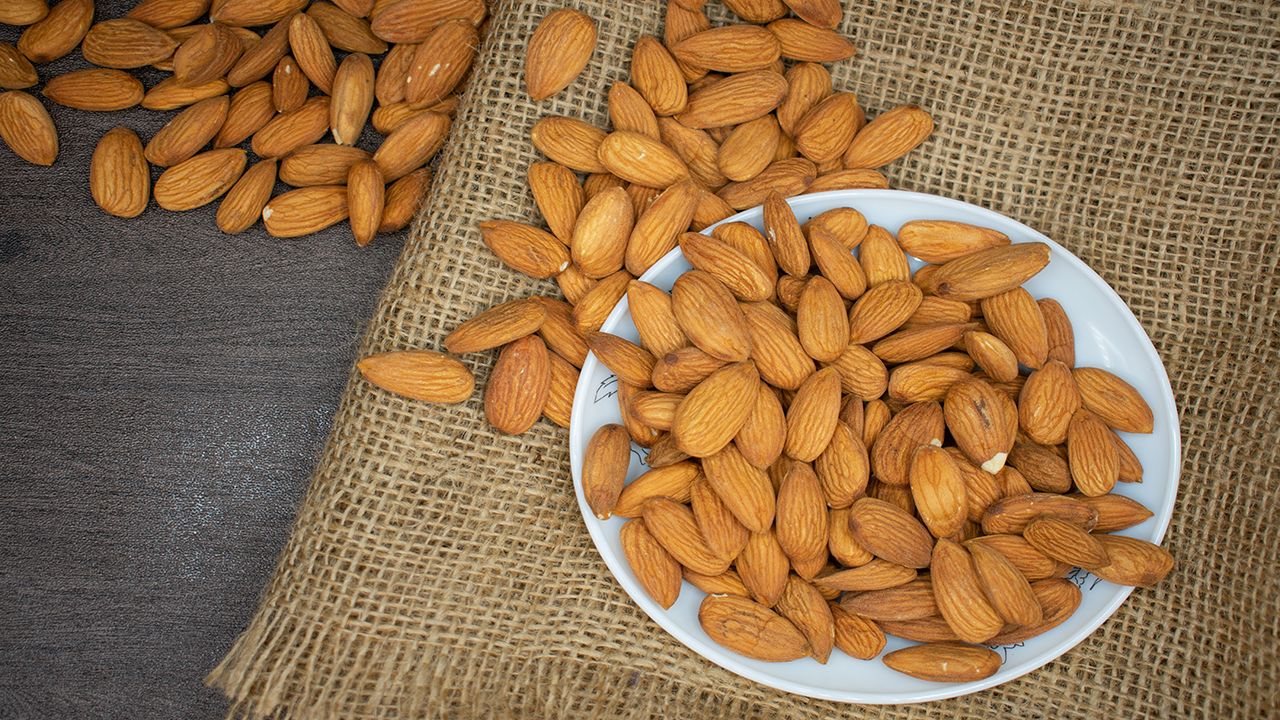We all have our favorites when it comes to milk. Some like soy, some like almond and some like good old-fashioned cow’s milk.
But is what you’re drinking hurting the environment?
With so many alternative milk options on the market, let’s look at what each milk does to the environment.
Scroll through the charts below to see how each milk affects the environment when it comes to land usage, greenhouse gas emissions and water usage. This data comes from a study published in 2018.
Cow’s milk
Unfortunately, drinking cow’s milk isn’t the most eco-friendly. Along with deforestation for more farmland, the dairy industry heavily contributes methane and nitrous oxide to our atmosphere.
The National Center for Biotechnology Information states that methane comes from the digestion process of cows and the nitrous oxide comes from fertilized soils and manure management.
They also say that the dairy industry can supply water sources with nitrogen, phosphorus and fecal bacteria, which causes water contamination and can kill plants and fish.
Almond milk
(Pexels/Kafeel Ahmed)
You might feel better that you’re drinking almond milk, but almonds aren’t great for our environment, which is unfortunate since it’s the most popular.
Even though they produce low greenhouse gas emissions and use less land than dairy farms, almonds need copious amounts of water to grow. This is a problem since almonds grow in California, a state that deals with drought, fires and heatwaves.
On top of that, almonds are not friendly to our bees. Farms recruit bees to pollinate their almonds every year, and pesticides used on the almonds can harm the bees.
Some other alternatives to stay away from are:
- Coconut milk
- Rice milk
- Cashew milk
They support a mix of cruel labor practices, large greenhouse gas emissions and high-water usage.
Soy milk
Soy is a great plant-based milk alternative. Soybeans take much less water to grow than almonds, and they need less nitrogen fertilizer since they make nitrogen.
Unfortunately, the drawback is that farmers grown soybeans in huge quantities, which makes it a major contributor to deforestation.
On the flip side, companies that source within the U.S. or Canada help reduce deforestation. So, if you’re going to go soy, go local.
Oat milk

(Pexels/Polina Tankilevitch)
Oat milk is the best alternative on our list as it checks all the boxes.
It uses the least amount of water and produces fewer carbon emissions.
Although it uses more land than soybeans and almond, it is considerably less land than dairy.
However, make sure to buy a brand that doesn’t use glyphosate, a harmful pesticide.
Other great alternative milk options
There are plenty of other great options for plant-based milks, some of which you probably didn’t expect.
If you don’t fancy the other milks above, some other great alternatives are pea milk, hazelnut milk, pistachio milk, hemp milk and flax milk. All are more eco-friendly than dairy milk, supporting a mix of lower greenhouse gas emissions, lower water usage and more.
Our team of meteorologists dives deep into the science of weather and breaks down timely weather data and information. To view more weather and climate stories, check out our weather blogs section.

